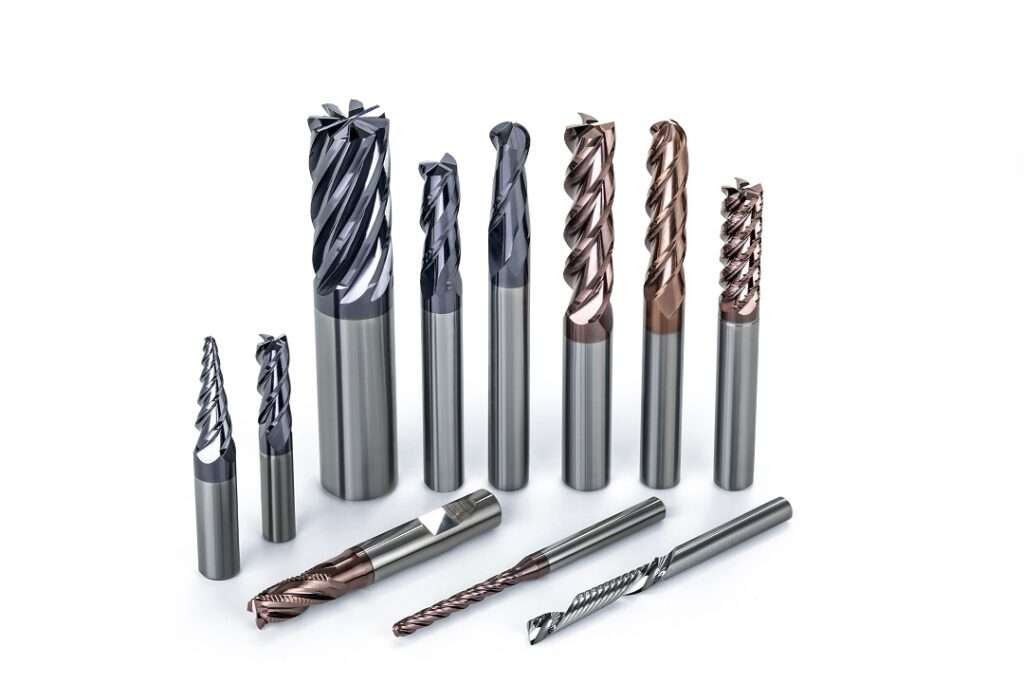Teledyne FLIR, a division of Teledyne Technologies Incorporated, expresses its appreciation for the National Highway Transportation Safety Commission (NHTSA) for implementing a Federal Motor Vehicle Safety Standard mandating pedestrian automatic emergency braking (PAEB) on all passenger cars and light trucks by September 2029.
The finalized rule, which addresses a critical safety concern, will significantly enhance pedestrian safety by requiring automakers to equip vehicles with PAEB systems. More than three-quarters of pedestrian fatalities and about half of pedestrian injuries occur in darkness, making this ruling a pivotal step in reducing pedestrian casualties.
Paul Clayton, Vice President and General Manager at Teledyne FLIR, stated, “Existing AEB hardware on light vehicles primarily consists of radar or a combination of radar and visible cameras. To meet the new PAEB requirements for speed, lighting conditions, and false-positive rates, automakers must adopt sensing technologies that are effective in low-visibility situations. Teledyne FLIR has demonstrated that thermal imaging technology integrated into existing AEB systems can assist automotive manufacturers in meeting these new regulations and ultimately save lives.”
With over 1.2 million vehicles currently equipped with Teledyne FLIR thermal sensors as part of driver warning systems, the company is at the forefront of advancing automotive safety technology. Through a collaboration with leading tier-one automotive supplier Valeo, Teledyne FLIR is facilitating the rapid integration of thermal imaging into future AEB systems. This includes the introduction of the world’s first Automotive Safety Integrity Level (ASIL) B thermal camera, unveiled in January.
Automotive thermal cameras, which detect heat energy, offer superior performance in detecting and classifying pedestrians compared to standard headlights. Studies conducted by VSI Labs have confirmed that thermal cameras can identify pedestrians at night and in low visibility conditions from a greater distance, with enhanced accuracy and at higher vehicle speeds. This heightened detection capability not only enhances safety but also reduces false-positive scenarios, thereby enhancing reliability.
Moreover, thermal integration into AEB systems improves performance in adverse conditions such as fog, rain, smoke, sun glare, and high-contrast sunlight-shadow scenarios. Additionally, it enhances safety in corner cases like detecting large animals on the roadway at night.
Teledyne FLIR remains committed to advancing automotive safety through innovative technology solutions and looks forward to working with automakers to implement these critical enhancements mandated by the NHTSA.
Teledyne FLIR, a division of Teledyne Technologies Incorporated, is a leading provider of thermal imaging and sensing solutions for a wide range of applications, including automotive safety systems. With a commitment to innovation and safety, Teledyne FLIR is dedicated to improving vehicle safety and reducing pedestrian casualties through cutting-edge thermal imaging technology.








